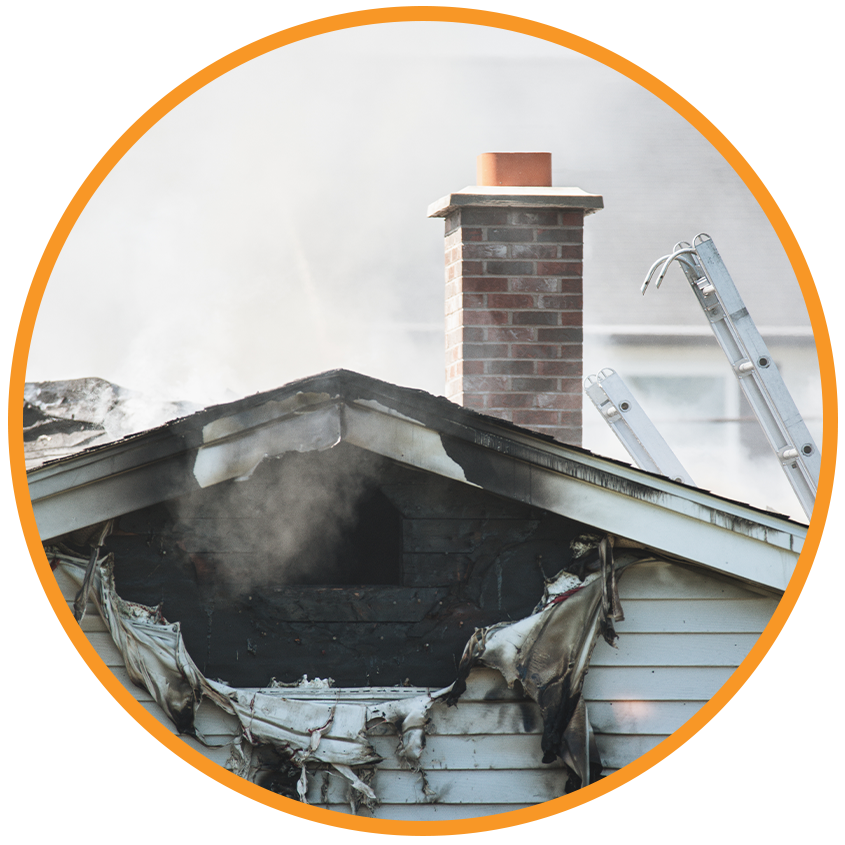
Rebuilding Hope After the Flames
Recovering from a fire can feel like navigating uncharted territory. From emotional stress to structural destruction, there’s a lot to handle—and one big question always looms: how long does fire damage restoration take? While every situation is unique, there are common stages and influencing factors that determine the timeline. Let’s explore what you can expect, how to prepare, and how to speed up the journey from disaster to recovery. One essential part of recovery is a thorough
before any repairs begin.
What Determines the Timeline of Fire Damage Restoration?
The process of fire damage restoration varies greatly in scope. Some projects wrap up within days, while others can stretch into months. The total time depends on multiple variables, from the size of the fire to how deeply smoke and soot have infiltrated the property.
Small-Scale Incidents
For minor fires confined to one room or appliance, cleanup and repair might only take 1 to 2 weeks. Restoration usually involves:
- Removing soot from surfaces
- Repainting affected walls
- Deodorizing the area
- Replacing small damaged fixtures
Mid-Level Damage
If your home suffers moderate damage, expect a 3 to 8-week restoration window. These situations often require:
- Replacing insulation and drywall
- Repairing flooring
- Cleaning HVAC systems
- Treating hidden smoke damage
Major Structural Loss
Severe fires that impact structural integrity may need 2 to 6 months or more for full restoration. This level of fire damage restoration includes:
- Demolishing and rebuilding large sections
- Coordinating with structural engineers
- Addressing deep smoke and water damage
- Ensuring building code compliance
Behind the Scenes: What Affects the Duration?
Multiple layers contribute to the complexity of fire damage restoration. Here are key factors to consider. Many restoration companies offer emergency
for urgent situations.
🔥 Scope of Destruction
The wider the damage, the longer the project. Fires that engulf multiple rooms or compromise structural components require extensive repairs and inspections.
🌫️ Smoke and Soot Penetration
Smoke doesn’t just discolor walls—it seeps into insulation, ductwork, and even behind cabinets. Deep cleaning or material replacement may be necessary to ensure your home is safe and odor-free.
💧 Water Damage from Firefighting
The very act of extinguishing the fire can cause water-related issues such as:
- Mold growth
- Warped flooring
- Damaged electrical systems
These issues must be addressed before rebuilding can begin.
🛠️ Insurance Coordination
Filing claims, waiting for adjuster approvals, and handling paperwork can delay the start of fire damage restoration. Choose a contractor who can liaise with your insurance company to streamline this process.
Step-by-Step: How Fire Damage Restoration Works
Understanding the restoration timeline is easier when you know what each phase involves.
1. Assessment and Safety Measures
Specialists evaluate your home for hazards and develop a tailored restoration strategy. Immediate action may include:
- Boarding up openings
- Securing the structure
- Shutting off utilities
2. Debris and Contaminant Removal
Crews remove damaged materials and clean surfaces contaminated by smoke and soot. Industrial-grade air scrubbers help restore indoor air quality. Choosing a contractor with experience in
makes the process faster and safer.
3. Drying and Mold Prevention
Using fans, dehumidifiers, and moisture meters, technicians dry out the property to avoid long-term water issues.
4. Structural Repairs and Reconstruction
From drywall to roofing, this phase restores your property to its original condition—or better.
5. Final Inspection and Walkthrough
Once complete, a final evaluation ensures the property meets safety standards and that all restoration objectives are met.
Bonus Tips to Speed Up Restoration
Want to make your fire damage restoration smoother and faster? Here are a few proactive steps:
- 📸 Document damage immediately with photos and videos
- 📞 Contact restoration pros right after the fire is out
- 📝 Keep receipts for expenses related to temporary housing or repairs
- 🤝 Work with certified contractors who have experience with insurance claims
Frequently Asked Questions
How soon should fire damage restoration begin?
Restoration should start as soon as the property is declared safe. Delays can lead to secondary damage like mold growth or worsening structural issues.
Is it safe to stay in a fire-damaged house?
No. Fire-damaged homes often contain hidden dangers such as compromised wiring, toxic soot, and unsafe air quality. Always wait for professional clearance.
Will homeowners’ insurance cover the full cost?
Most policies cover fire damage restoration, but coverage depends on your plan. It’s best to review your policy and work closely with your insurance adjuster.
Can I do fire damage restoration myself?
While some minor cleaning might be possible, most fire damage restoration requires professional-grade equipment and certified expertise to ensure safety and compliance.
What certifications should restoration companies have?
Look for companies certified by the Institute of Inspection, Cleaning, and Restoration Certification (IICRC) or similar bodies to guarantee quality work.
Final Thoughts: Turning Crisis Into Comeback
Though the road to recovery can be long, fire damage restoration provides a critical path toward rebuilding not just your home, but also your peace of mind. With the right team, proactive planning, and a clear understanding of the process, you can emerge stronger and safer after the flames.
